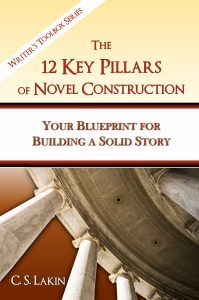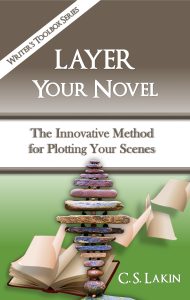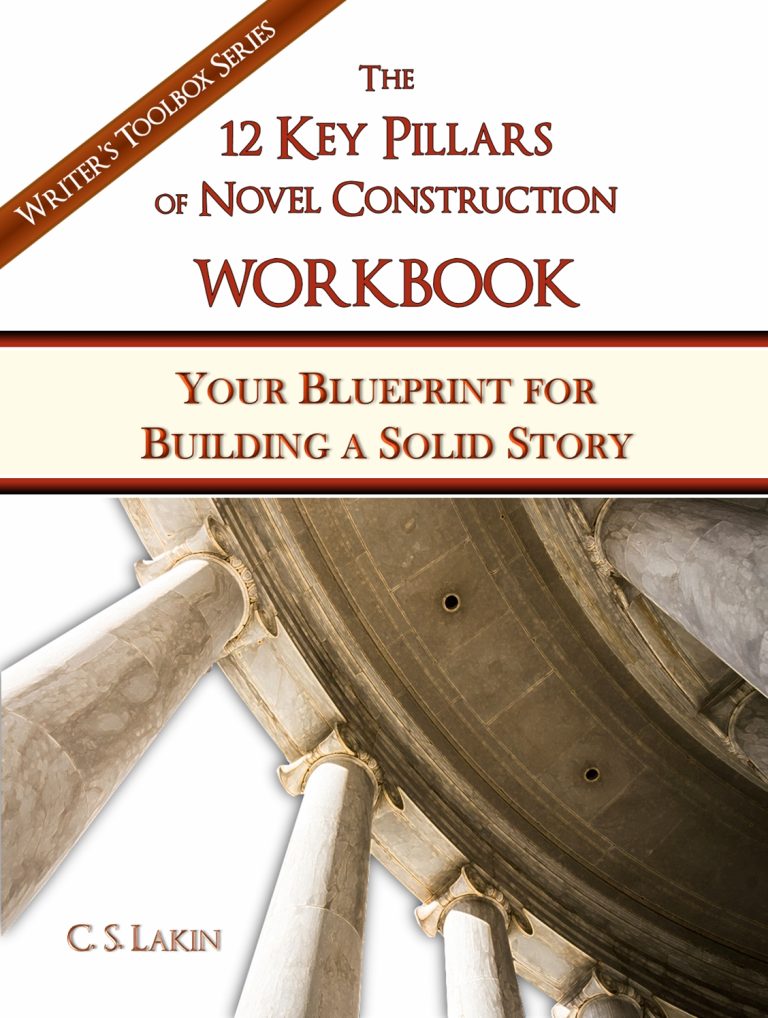Outline Your Novel for NaNoWriMo
You’re all signed up for National Novel Writing Month. Great. Are you going to get working on an outline? No? You’re going to “pants” your way through. Fine, do that. Have fun. But, seriously: Do you expect to have a terrific novel written by the end of November?
It’s really not likely. And as I said in last week’s post, maybe you don’t care. Maybe you are all about getting to the finish line, unconcerned about the train wreck you create. It can be a lot of fun setting a writing deadline and barreling toward it. And there is surely a sense of accomplishment in that.
But why waste a whole month writing just to say “I did it”? Why not actually outline a novel that is worth writing?
I want to pull some content from a post I wrote last year to help you prepare not just for a one-time NaNo experience but to write many great novels that hold together structurally.
Help with Outlining
I’ve probably posted twenty to fifty posts in the last year that touched on outlining. My readers complain to me that this is what they struggle most with.
I’m big on outlining, as many of you know. I think it’s crucial to outline your novel before you tackle writing it. And of the hundreds of novels I critique and edit each year, very few are well structured. Very few need only a slight amount of reworking. Very few have solid plots with scenes in the right places.
Maybe some of those writers did outline their novel. But here’s the thing: if you don’t understand how a novel is structured—and I’m talking very basic here—then your outline is going to suck. Sorry, but that’s the truth. That’s why I spent months going over the ten key scenes you need in your novel. I’m going to give you a list of some of those posts, as well as the chart to download, so you can get this outlining thing started the right way.
I say this a lot: structure is key. The best writing instructors agree that novels follow a basic structure. And this story structure applies to movies and plays as well. Readers and viewers are accustomed to structure. So while you can break the rules, it is best to learn them and follow them until you nail them. Don’t go with that adage “Rules are meant to be broken” until you’re an expert on the topic.
One person wrote in their survey response: “I need help outlining. I’m having trouble defining and concentrating on a definite problem that I can blossom into a full work.” Another wrote: “I need help refining my idea/plans for a novel so that I can begin outlining and writing.”
 Listen, before you can dig into that outline, you have to work on those pillars of novel construction. You need to come up with a concept with a kicker: an original, fresh, riveting idea. Sure, there are no new ideas out there. But you can take an old idea and give it new life with originality.
Listen, before you can dig into that outline, you have to work on those pillars of novel construction. You need to come up with a concept with a kicker: an original, fresh, riveting idea. Sure, there are no new ideas out there. But you can take an old idea and give it new life with originality.
I’ve said this perhaps a hundred times: if you start with a weak, boring concept, it’s going to be near impossible to write a great novel based on that foundation. Hear me clearly on this. Too many writers waste months of their lives writing boring novels. Don’t go there. Don’t start writing until you’re sure you have a killer concept. You’ll disappoint yourself and any reader chancing upon your book.
I wrote lots of blog posts on this, and then put together the book The 12 Key Pillars of Novel Construction. And then created an online video mini course on the four corner pillars. You can’t make excuses for not learning this stuff. Many writers have emailed me to say thanks for all this material because it’s exactly what they needed and couldn’t find anywhere else.
And that’s just the concept.
If you’re floundering at this early stage of your novel development, first nail those pillars. Once you have clear your concept, protagonist and goal, conflict and high stakes, theme, secondary characters and subplots—all that stuff—you can begin to lay out that outline using my template and charts. I’ve made it as easy as possible.
If you’re struggling with outlining, and you’ve already gotten all your novel components strongly in hand, read or reread these posts, and then download my charts and templates and get to work!
These are just a few of the posts on the topic, so if you’re in need of going deep here, read them all. They ran every Monday for most of 2016.
Here are some of the charts you can download:
The 10-Key Foundational Scenes (PDF)
10 Key Foundational Scenes (Excel Chart)
 Check out my resource page for other freebies that will help you with all this.
Check out my resource page for other freebies that will help you with all this.
And my book Layer Your Novel will go deep into all these key scenes and where they go (as does my 10 Key Scene online video course!). No excuses not to learn this stuff!
What specific issue do you have with outlining your novel? What resource (book, chart, post, etc.) has helped you the most? Share in the comments.












A few years ago I was in Hong Kong, visiting Ocean Park. As I was looking at the sturgeon in their tank I suddenly had an image of a young woman, dressed in grey silk pyjamas and with her wrists tied. I wondered who she was, and by the time I had got to the sea lion pool her entire story had popped into my mind.
When I got back to England I sat down and typed the whole novel from memory during NaNo. It needed some editing, but the Ms of “The Thirteenth Commandment” is complete. If there is a publisher who would like to know about the awful Jojo, drug dealer extraordinary, courtesan, philosopher and organiser, and how she finally finds redemption, just let me know.
Is that planning or pantsing? No paper outline, but I had the whole thing crystal clear in my mind before I started typing.
However it’s only fair to warn you that Jojo is not a nice person to know. She’s my only anti-heroine. Get in her way and you can book the funeral. Point a gun at her and she’ll take it off you in nothing flat. Send a heavy round to threaten her and you’ll be picking them up from hospital.